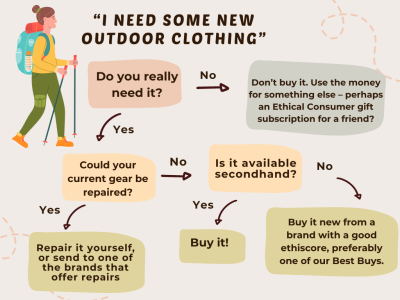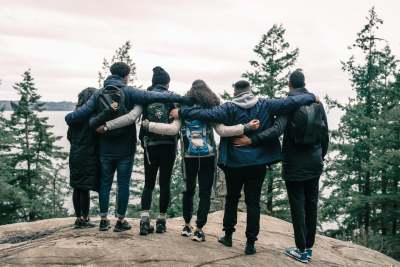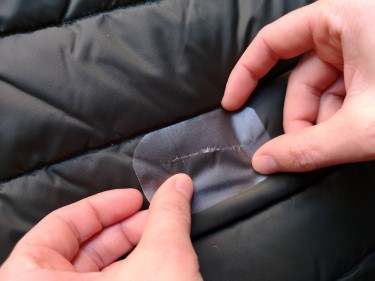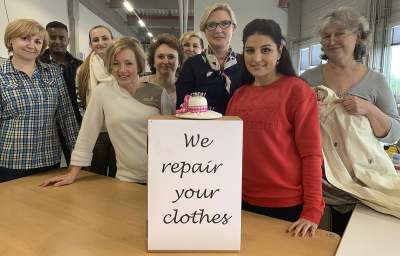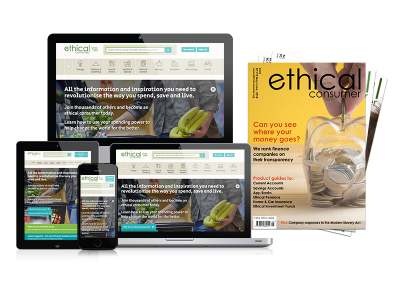Finding ethical and sustainable outdoor clothing
The beauty of the great outdoors is central to the marketing of outdoor brands: 'buy products and you will experience the natural world in all its glory.' Of course, there is some truth in this – it isn’t advisable to go hiking in a pair of heels and a mini-skirt (believe me). But when you consider the environmental damage that results from the production of much outdoor gear, this marketing shtick can seem hypocritical.
But not all brands are biting the hand that feeds them. In this guide we look at a range of outdoor brands, from well-known high street names to lesser-known ethical labels, to highlight the best and the worst ethical practice.
We chose brands which make a wide range of outdoor clothing e.g. waterproofs, and fleeces, but they may also make walking boots, tents, sleeping bags and rucksacks. We have not covered brands that are specialists in only one area e.g just walking boots. As well as our core ethical categories (animals, climate, company ethos, tax, and workers), we have also examined each brand’s use of sustainable materials and toxic PFAS.
Outdoor clothing brands in this guide
We have selected companies that offer a range of widely used outdoor clothing and equipment. This includes big high street brand names like Berghaus and North Face as well as 'in store' brands like Peter Storm and Eurohike, along with smaller independent companies like Alpkit and Paramo.


